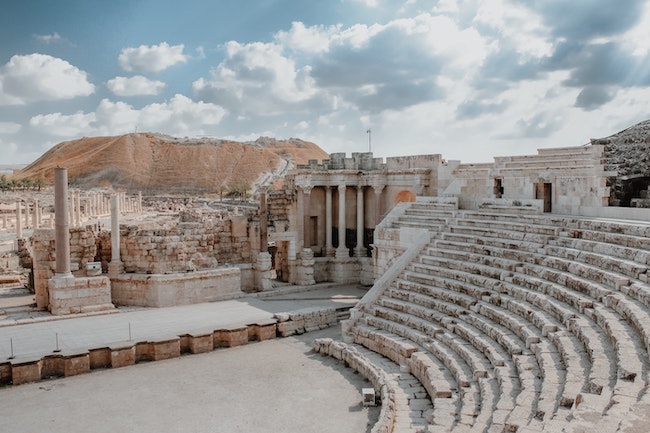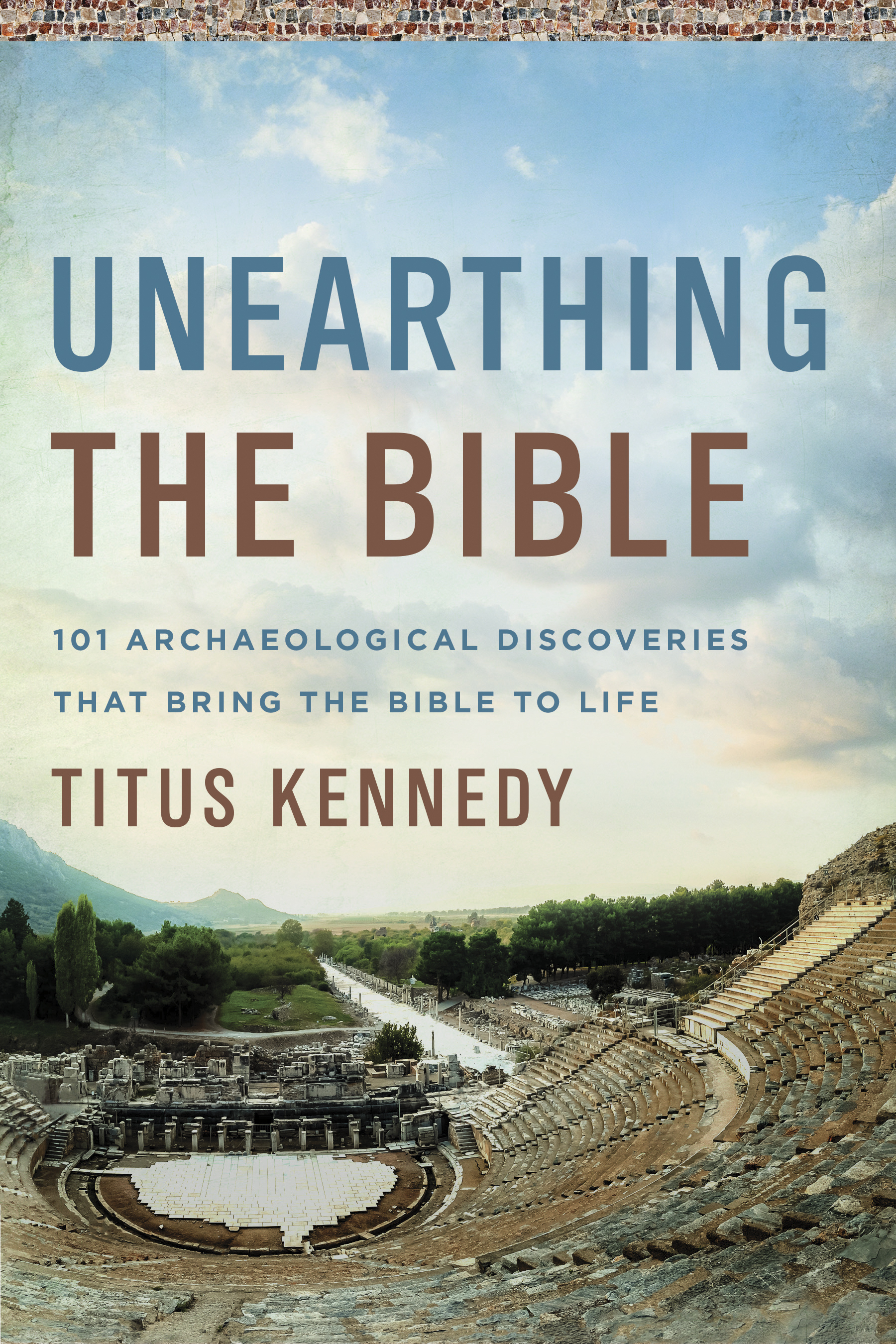
Sign Up for Updates
Connect
TOPICS
- Latest Blog
- Fiction
- Inspirational/Devotional
- Men's Christian Living
- Prophecy
- Women's Christian Living
- View All
ARCHIVES
How Can Archaeology Shape Our Understanding of the Bible?
Posted on May 26, 2020 Topic : Inspirational/Devotional, Men's Christian Living, Prophecy, Women's Christian Living
Posted by : Titus Kennedy

Archaeology, which unearths ancient cities and brings physical evidence of the past to light, can also tell us about the people, places, and events in the Bible. Recently Easter was celebrated, commemorating the resurrection of Jesus. Do archaeology and history tell us anything about this event so central to Christianity?
While the remains of the empty tomb are important, preserved in the Church of the Holy Sepulchre after Emperor Hadrian demonstrated its significance by attempting to expunge it from memory when he built a double temple to Venus and Jupiter over the location, two notable texts also relate to the resurrection of Jesus. A 1st century AD historical text recorded by Josephus stating that people had reportedly seen Jesus alive 3 days after His crucifixion is widely known, but a 1st century Roman inscription may also connect to the empty tomb and the resurrection.
In 1878, a marble slab with a 22-line Greek inscription surfaced in Nazareth, was purchased by an antiquities collector, and ended up in Paris. Its exact location of original discovery is unknown, but it has been affirmed as authentic and was probably issued in Judea, Galilee, or the Decapolis area.
The text, which may have been issued around 41-44 AD, was an “Edict of Caesar” that addressed a problem and specifically prohibited the moving or stealing of bodies from stone sealed tombs with “wicked intent.” It stated that if anyone “extracted those who have been buried, or has moved with wicked intent those who have been buried to other places…or has moved sepulcher-sealing stones…You are absolutely not to allow anyone to move those who have been entombed…”
Consequently, the edict describes the same type of tomb which Jesus was buried in according to Judean custom—a stone carved tomb sealed with a large stone—while Romans were typically cremated. This crime was said to be an offence against the gods, and proscribes an extreme new penalty of death. It should also be noted that the Nazareth Inscription seems to be far more concerned about moving bodies from specific types of graves or tombs rather than looting or desecration of burials.
According to Matthew, the false story that the Disciples stole the body of Jesus was spread by the religious leaders of Judaism via the Roman soldiers, and this rumor perhaps reached the ears of the Emperor (Matthew 28:11-15). By the time of Claudius, knowledge of Christianity and the story of the resurrection of Jesus had spread throughout many areas of the Roman Empire, beginning to cause problems in the realms of religion, politics, and society.
Unlikely a coincidence, the Nazareth Inscription was probably a reaction to stories about the resurrection of Jesus Christ, and in particular the version which the Roman soldiers guarding the tomb were paid to say that the disciples of Jesus stole His body while they were asleep. Emperor Claudius seems to have attempted to prevent any future claims of the resurrection of the dead after hearing the story of Jesus and how widespread it had become.

Read more in Unearthing the Bible by Titus Kennedy

